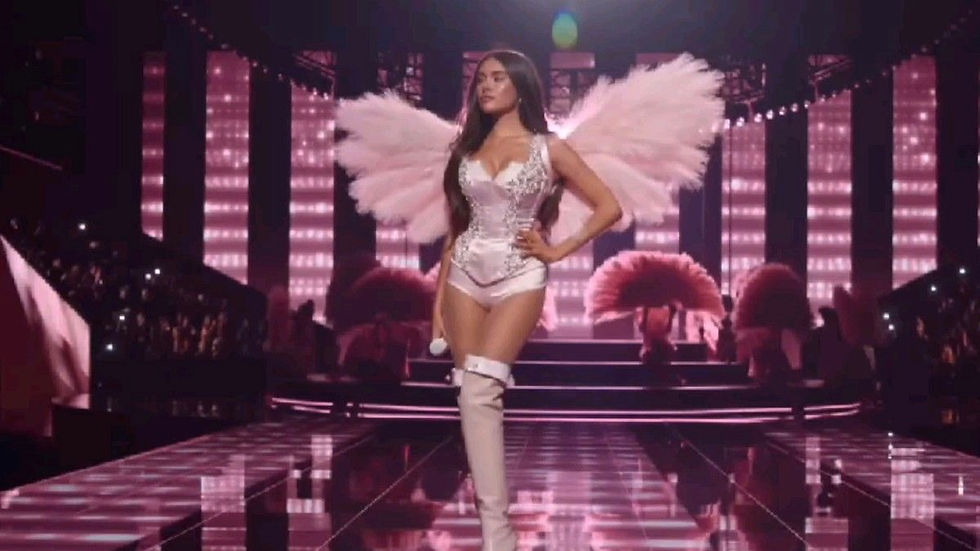The High Heel Index: Fashion's Economic Barometer
- Vanessa
- Apr 13
- 2 min read
Fashion has long mirrored the zeitgeist of its era, reflecting societal shifts, cultural moods, and notably, economic climates. Among the more whimsical yet intriguing theories is the "High Heel Index," which posits an inverse relationship between the height of women's heels and the state of the economy: as financial markets decline, heel heights rise, and vice versa.

Delving into history, this correlation becomes apparent. During the Great Depression of the 1930s in the US, towering heels and platform shoes gained popularity, perhaps as a form of escapism from harsh economic realities. Similarly, the 1970s oil crisis saw the resurgence of platform footwear, with brands like Salvatore Ferragamo and Vivier leading the trend with thick-soled heels and exaggerated silhouettes, replacing the low-heeled sandals of the late 1960s.
By the late 1990s and early 2000s, the rise and fall of internet-based companies, often referred to as the dot-com bubble, led to another notable shift in fashion. As tech stocks soared, sleek kitten heels from Prada and Manolo Blahnik became popular, aligning with an era of optimism. However, when the bubble burst in the early 2000s, the mood shifted dramatically.
The runways saw a return to bold, high stilettos, with Jimmy Choo and Christian Louboutin defining the decade’s aesthetic with sky-high, statement-making heels that exuded power and defiance against economic uncertainty.

The 2008 financial downturn further exemplifies this trend. At the peak of the crisis, towering stilettos and aggressive platforms dominated the fashion scene. Designers like Alexander McQueen and Versace showcased ultra-high, architectural heels, reinforcing the idea that, in times of instability, fashion leans into fantasy and exaggeration.
Trevor Davis, a consumer products expert at IBM, observed, "Usually, in an economic downturn, heels go up and stay up, as consumers turn to more flamboyant fashions as a means of fantasy and escape."
In recent years, the narrative appears to be evolving.

The looming economic uncertainties of the early 2020s have not ushered in sky-high heels but rather a pivot towards comfort and practicality. The resurgence of ballet pumps, loafers, and kitten heels suggests a departure from the traditional High Heel Index pattern.
This shift may be attributed to a blend of factors: the rise of remote work diminishing the need for formal footwear, an increased emphasis on health and comfort, and perhaps a cultural move towards understated elegance during prolonged economic challenges. Paris Fashion Week 2025 showcased a mix of styles. Yves Saint Laurent's collection featured dagger-like stilettos paired with well tailored 1980s-inspired ensembles, indicating that while some designers embrace nostalgia and opulence during uncertain times, others opt for more subdued aesthetics.

In essence, while heel heights have historically risen and fallen with economic tides, modern trends suggest a more complex narrative and while the index offers a fascinating lens through which to view fashion's interplay with economics, it's important to approach it as one of many indicators. Fashion remains a dynamic reflection of its time, with consumers and designers alike navigating the delicate balance between form, function, and financial realities.
Written by Vanessa Twerefou







Comments